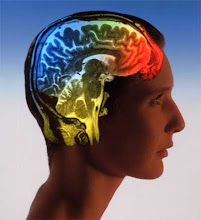The transactional model is, nowadays, the most popular way of viewing stress. They key idea is that the level of stress a person experiences depends on their view of themselves and the world.
The model has one major similarity to Selye's G.A.S., which is that anything that causes a bodily response is defined as a stressor. However there is also a major difference, in that it is not how many stressors we experience that is seen as important - instead our perception of stressors is seen as critical.
The importance placed on perceptions of stress means that this theory is more cognitive than the G.A.S. As you may realise, a positive aspect of the transactional model is that it helps explains individual differences - for example, why one person gets stressed by a traffic jam, and another doesn't.
It was first described by Lazarus (1966) who set out a series of stages, the most important of which are:
Primary appraisal: The person assesses the threat posed by the stimulus
Secondary appraisal: The person assesses their own coping ability.
One other thing: the transactional model is closely linked to stress management, especially cognitive strategies such as stress inoculation therapy (S.I.T.)
Hope this helps!
Lazarus, R.S. (1966). Psychological Stress and the Coping Process. New York: McGraw-Hill.

No comments:
Post a Comment